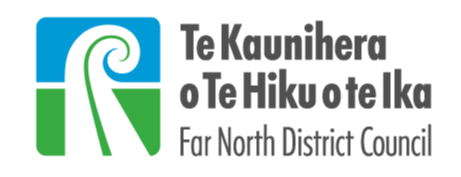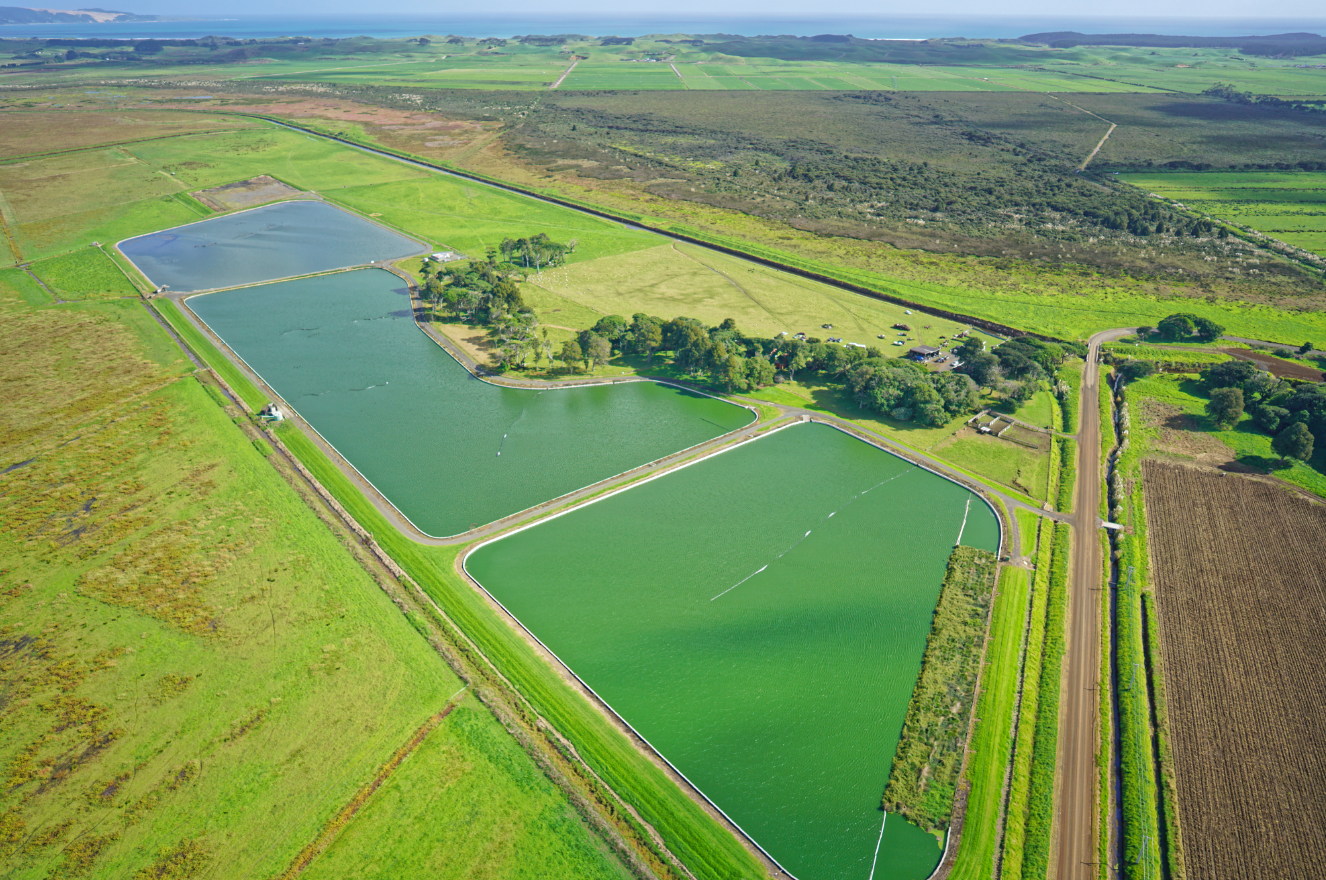FAQs about Kaikohe and Kaitāia resource consent renewals
Safe and affordable wastewater treatment is essential for our communities. We want to improve environmental outcomes and maintain a core level of service.
Far North District Council has resource consents to operate our Kaikohe and Kaitāia Wastewater Treatment Plants. We must apply to renew the consents to the Northland Regional Council (NRC) by 30 August 2021.
Since the current consents were granted, NRC has imposed stricter standards that the discharge from these plants must comply with. This has been the driver to upgrade treatment processes at both plants. Upgrades to the plants will be undertaken as part of the consent renewal process. This will ensure the discharge is compliant with regional and central government standards. The upgrades will further reduce potential adverse effects on the environment are avoided. The funding to pay for the upgrades will be approved through Council’s Long Term Plan process.
The consents will have conditions that ensure we improve environmental outcomes. And we can incorporate special conditions on the consent e.g. the requirement to undertake cultural values monitoring.
Our goal is to achieve the best environmental outcomes possible. We acknowledge that discharge-to-land is likely to be one of the ways to achieve this, and it is part of our longer-term planning.
We acknowledge that the Kaikohe and Kaitāia schemes have a high impact on Māori cultural interests and values. We are committed to talking to hapū most directly impacted to help us work towards better outcomes. This will include, but not be limited to, cultural impact assessments for each treatment plant.
Along with the discharge of treated wastewater to water we also need to renew the consents for the associated discharge of odour from the wastewater treatment plants and any potential seepage from the base of treatment ponds.
Questions and answers
The process of renewing a consent can be quite complex. NRC has great resources to explain the process: https://www.nrc.govt.nz/consents/consent-application-process/.
Council prepares the application and submits it to NRC for resource consent processing. NRC might ask for further information to allow them to make a sound decision. Once it is satisfied that it has all the relevant information, it will publicly notify the application. Anyone can make a submission on a publicly notified application and be heard by independent commissioners.
The renewed consent needs to be lodged by 30 August 2021.
If we miss the lodgement date and the consents expire, any discharge from the plant is not authorised under the Resource Management Act. This means we cannot legally operate the plant. We will continue to operate the plant, but we will be non-compliant, and this may result in financial penalties.
If we have lodged the new application by 30 August 2021, we can continue to legally operate the plant under the existing consent for as long as it takes for the new consent to be granted. This is allowed for under the Resource Management Act.
The Kaikohe plant discharges to an upper tributary of the Hokianga Harbour catchment. Rāwene, Ōpononi and Kohukohu plants also discharge to the Hokianga Harbour.
We recognise that discharge to water is culturally inappropriate and we are committed to finding better options for wastewater disposal. A land-based disposal option needs to be both practical and affordable for our ratepayers.
In the past, we have investigated options to discharge-to-land as an alternative to discharge-to-water in several locations including Rāwene, Ōpononi, Kohukohu and Taipā. Recent updates to the Regional Policy Statement for Northland give a clearer requirement to consider land discharge options as part of the consent renewal process. We are investigating land-based discharge options for Kaitāia and Kaikohe.
Yes, both Kaitāia and Kaikohe receive sludge and septage from other areas of the district, and this is treated on site. Kaitāia sometimes receives sludge from Hihi, and Kaikohe receives sludge from Russell.
Sludge is settled solids from the bottom of wastewater treatment ponds that needs to be removed from time to time and septage is wastewater from septic tanks.
Yes.


